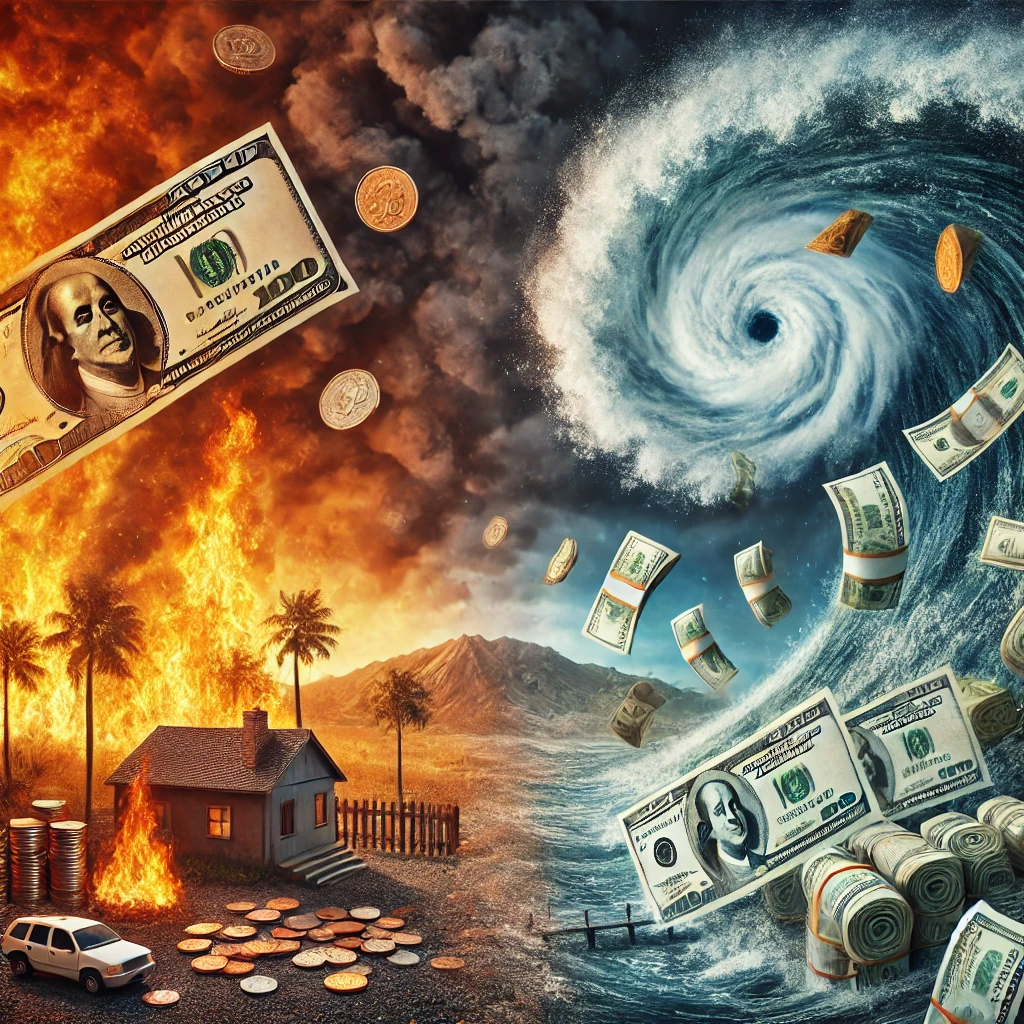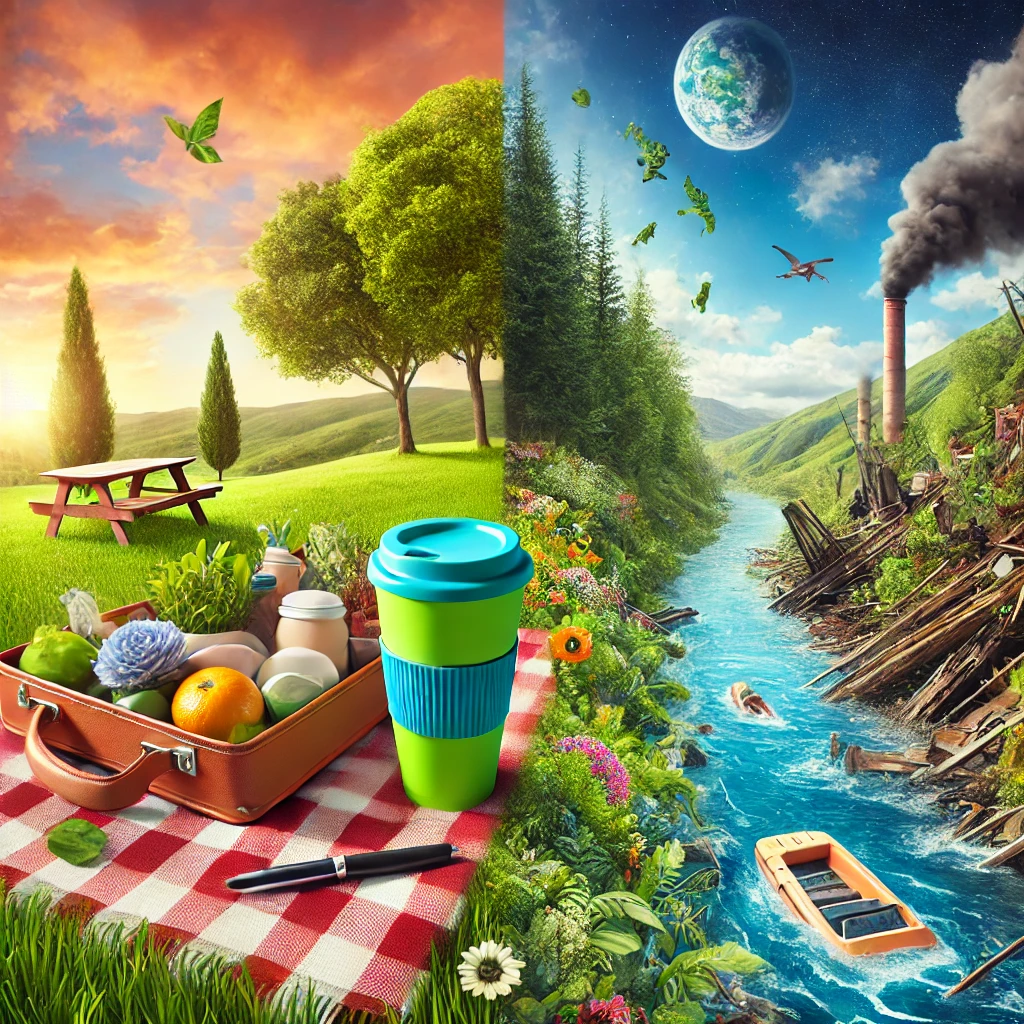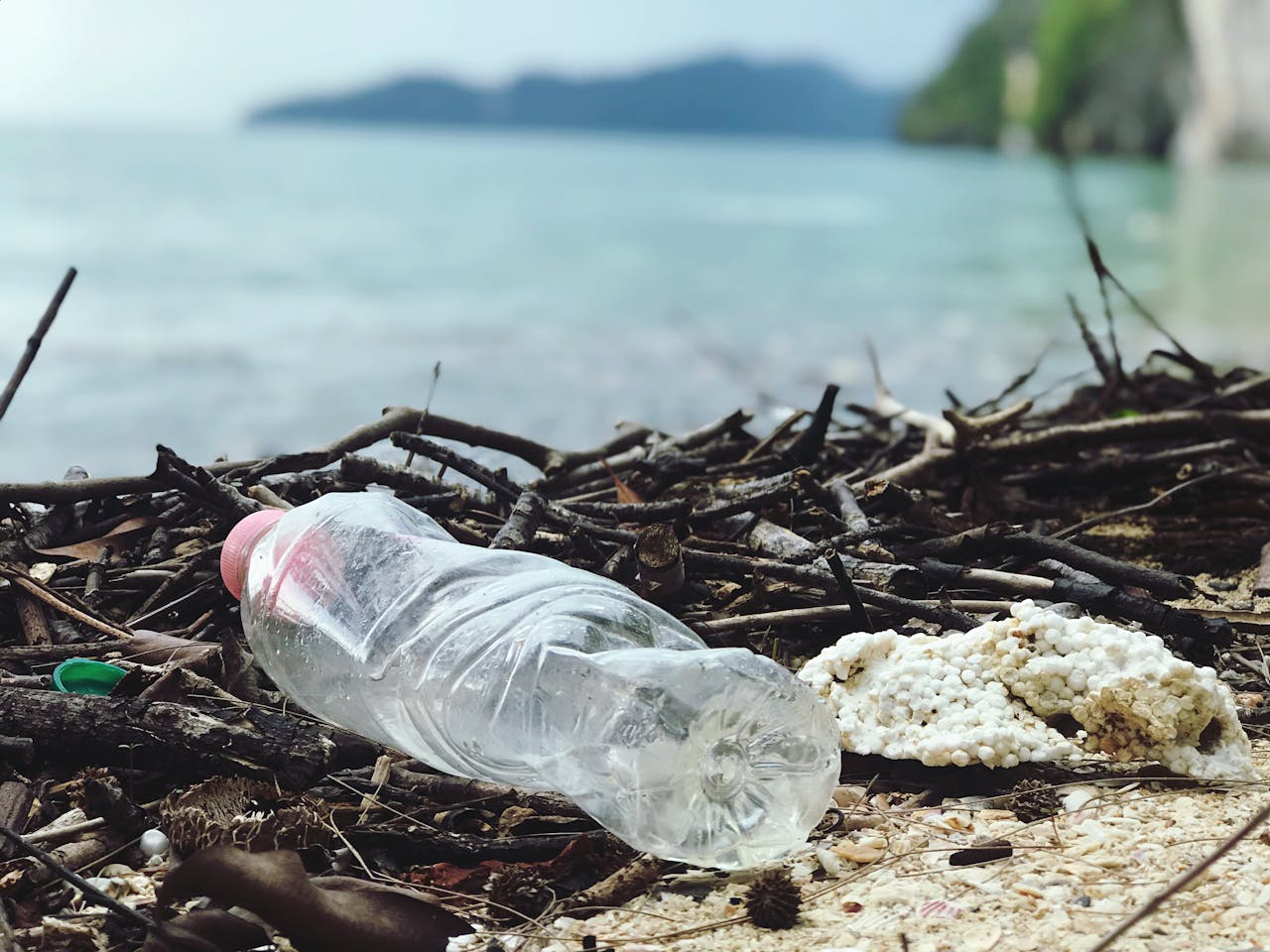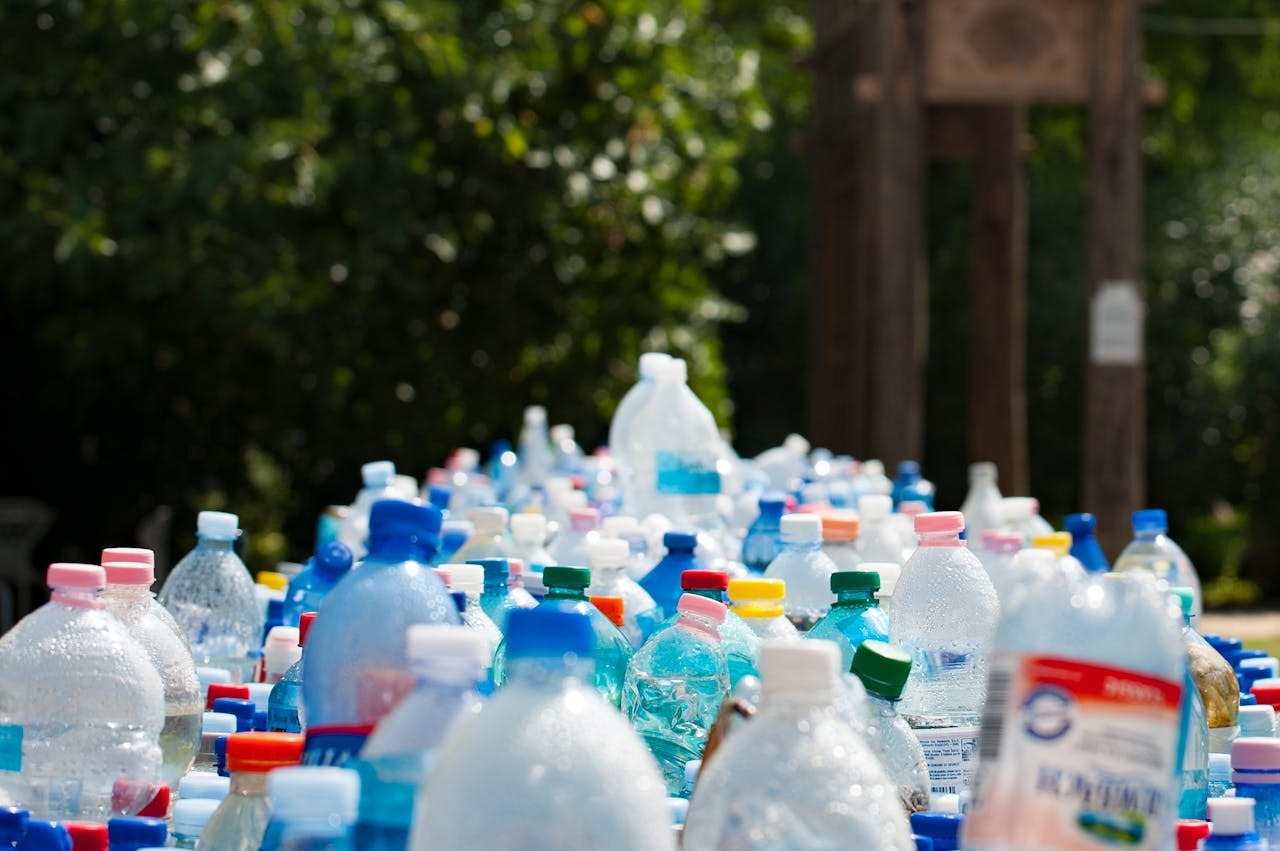When the weatherman starts looking more like a doomsday prophet than a meteorologist, you know we’re in for some turbulent times. Hurricanes, wildfires, floods—it’s like nature decided to remake the world into a reality show where no one wants to be the star. Spoiler alert: we’re all starring in “Climate Chaos,” and disaster funding is the big-ticket item.
According to The White House, the U.S. government is spending billions on disaster recovery as Mother Nature hands us one natural catastrophe after another. But here’s the kicker—while we pour money into fixing what’s been broken (hello, flood-drenched basements and fire-scorched towns), we’re sidestepping the root of the issue: climate change.
Now, if you think you’re off the hook because you recycle your plastic bottles, think again. Every dollar spent on disaster relief is a reminder that the climate crisis is knocking at our door—and it’s not going away anytime soon. (Side note: anyone else having “just one more summer before the world melts” anxiety? No? Just me?)
The Real Cost
The financial toll is astounding. Wildfires have literally burned holes in our pockets, while hurricanes blow away not just houses, but entire state budgets. These aren’t just isolated events. They’re like a bad sequel no one asked for: Disaster Season 2—More Wind, More Water, and Less Budget. Each year, the U.S. shells out billions in response to the devastation, but how much are we investing in preventing this chaos? Spoiler: not nearly enough.

A Recyclable Reality
Here’s the plot twist—you, yes YOU, can actually help rewrite this disaster script. Sure, you might not single-handedly stop the next hurricane, but with small actions, we can chip away at the bigger picture. This is where we, URMatter, come in. We don’t just turn trash into treasure (though we’re pretty great at that); we aim to turn waste into resources, giving old materials new life and reducing the pressure on our overworked planet. In a world where disaster funding is stretched thin, sustainable practices like recycling can ease the burden by minimizing our environmental impact.
How You Can Help
So, what can you do? Join us in rethinking waste. Let’s stop the next wildfire from burning a hole in the budget—by reducing the carbon footprint of your everyday life. Opt for sustainable products, recycle (correctly—looking at you, half-filled soda bottles), and advocate for policies that prioritize the environment over short-term profits.
Let’s give disaster recovery a run for its money by investing in a healthier, more sustainable planet. Trust us, future-you will thank you when we’re all lounging on a cool, green Earth instead of paddling down Main Street on a raft.




